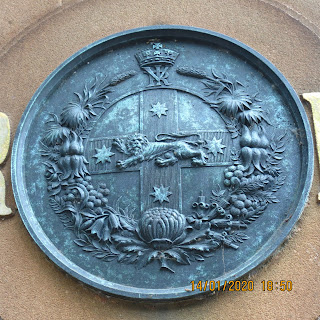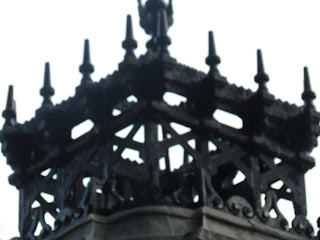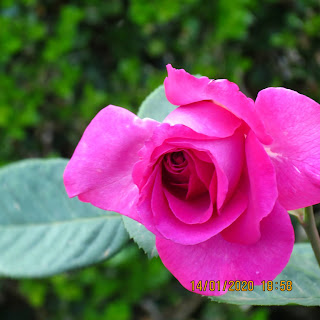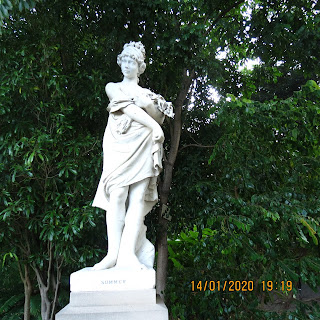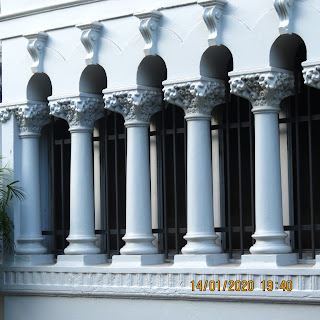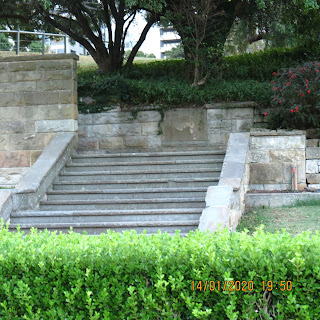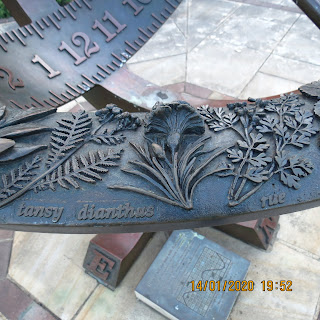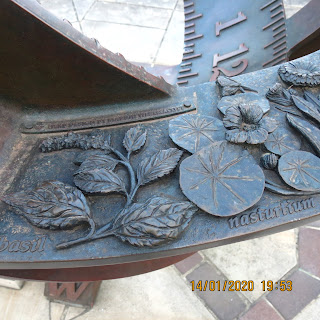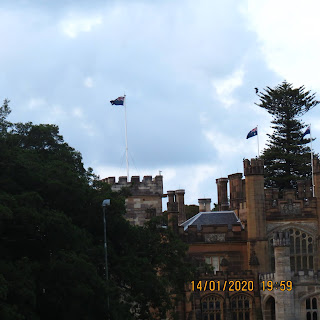The Government Domain - Next To The Royal Botanical Gardens - Macquarie Street - Sydney - NSW
The Domain is a large public park located in Sydney, New South Wales, situated to the east of the Sydney Central Business District (CBD) and adjacent to the Royal Botanic Garden. It has a rich history and has played various roles over the years. Here's an overview of the history of the Domain:
Early Land Use: The land on which the Domain now stands was originally part of the traditional lands of the Gadigal people, the indigenous inhabitants of the Sydney area. After European colonization, the land was initially used for farming and as a source of food for the early settlers.
Colonial Government Farm: In the early 19th century, the Domain was designated as a government farm by Governor Lachlan Macquarie. It was used for growing crops, including corn and vegetables, to help feed the growing colony. However, its proximity to the Governor's Residence (now Government House) and its scenic location soon led to its development as a public space.
Transformation into a Public Park: In 1816, Governor Macquarie decided to transform the Domain into a public park, making it one of the earliest public parks in Australia. This decision was part of Macquarie's vision for Sydney as a civilized and attractive city. The park was laid out with tree-lined avenues and open spaces for recreation.
Historical Landmarks: Over the years, several historical landmarks were established within the Domain, including the Obelisk (built in 1857), which served as a timekeeping device, and the Captain Cook statue (erected in 1879), which commemorates the explorer James Cook's discovery of the eastern coast of Australia.
Protest and Rally Site: The Domain has been a site for political protests and rallies throughout its history. It has been a place where Australians have gathered to advocate for various causes and express their views on important issues. One of the most significant gatherings was the 1970 Vietnam Moratorium Campaign, which drew large crowds to protest against the Vietnam War.
Cultural Events: The Domain has also been a venue for cultural events and entertainment, including outdoor concerts and performances. Its central location and large open spaces make it an ideal venue for hosting such events.
Contemporary Use: Today, the Domain is a popular recreational area for residents and visitors alike. It features expansive lawns, walking paths, and stunning views of Sydney Harbor and the city skyline. It continues to be used for cultural events, including the annual Symphony in The Domain concert, which is a highlight of the Sydney Festival.
Conservation and Preservation: Efforts have been made to preserve and maintain the natural beauty and historical significance of the Domain. Conservation initiatives aim to protect the park's flora and fauna, as well as its cultural heritage.
The Domain is not only a green oasis in the heart of Sydney but also a place with a rich history that reflects the city's growth and development over the centuries. It remains an essential part of Sydney's public life and culture








































